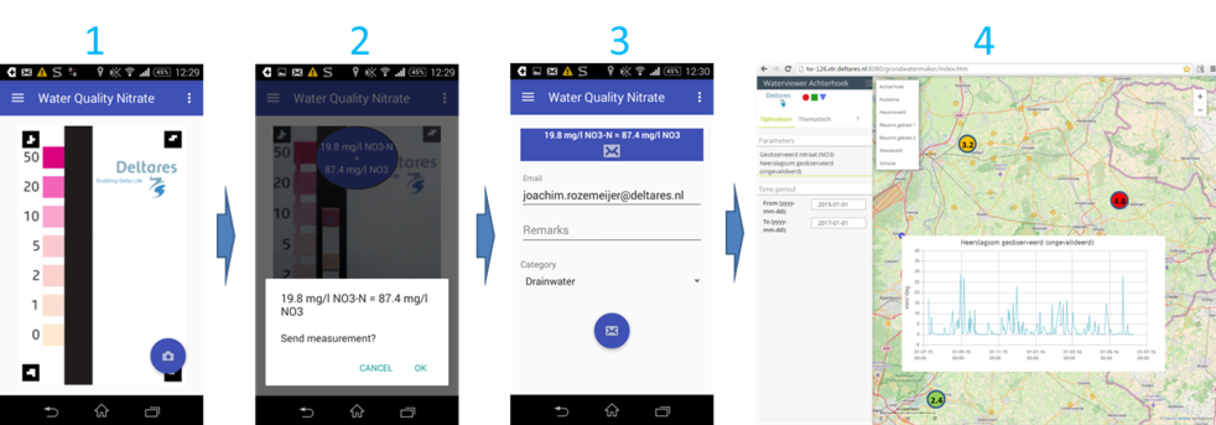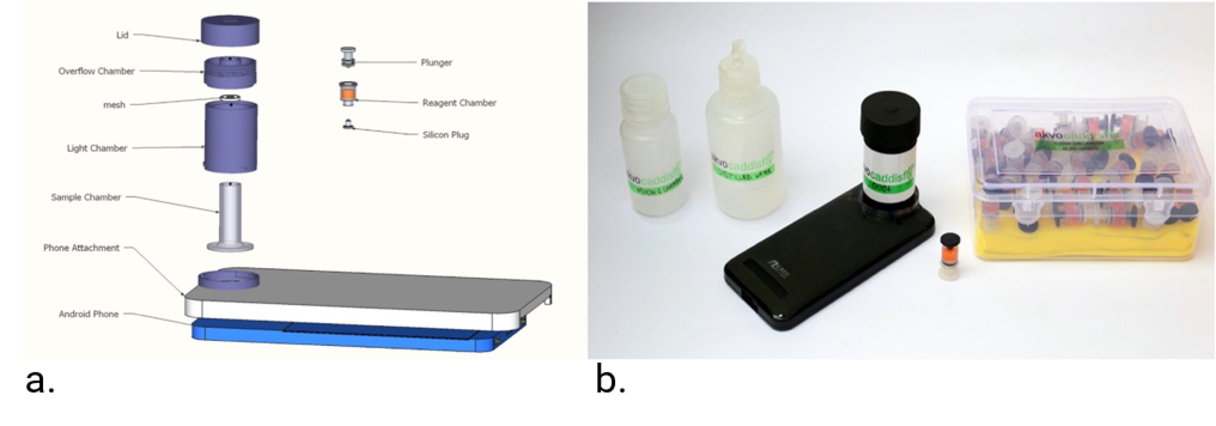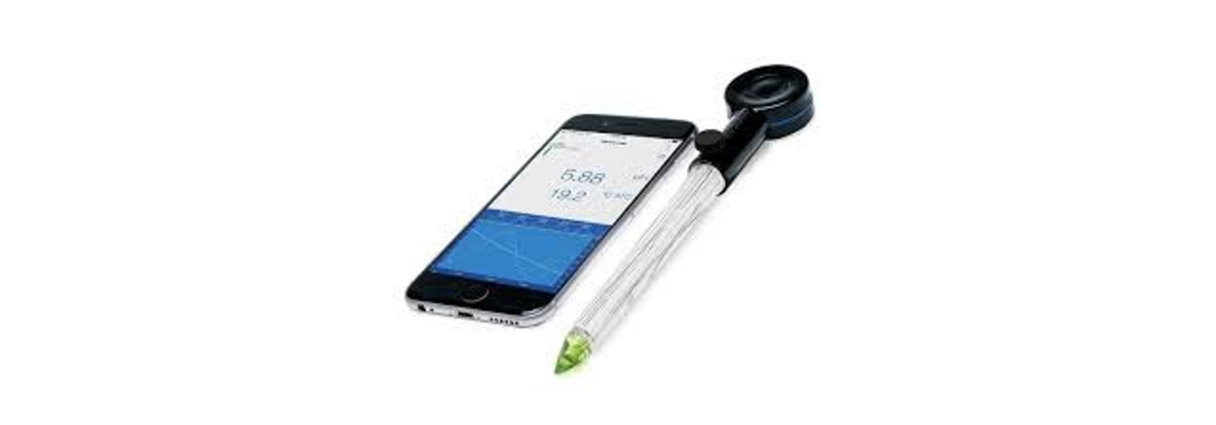Blog
A few weeks ago, I visited the Mauritshuis in The Hague, in my home country The Netherlands. Initially, I was surprised to see so many people around me looking at their mobile phones rather than admiring the impressive paintings on the walls. However, I quickly found out that all kinds of interesting information about the paintings were shared with the viewers by means of a special mobile phone app, so that the visitors could learn more about the painters, their work and the time when these paintings were created. And very soon, I was going from room to room through the museum, guided by my mobile phone to take me past the most impressive works on display, among which were Vermeer’s Girl with the Pearl Earring and Rembrandt’s The Anatomy Lesson.
No matter what we do and where we go, mobile phone apps have found their way into our daily lives. And not just our private lives, but also our professional ones. Thus, it was only a matter of time before we started seeing the first mobile phone applications in relation to on-site water quality monitoring efforts. Therefore, I would like to share some great examples of creativity, illustrating how mobile phones can support us in generating more and more insight into a variety of water quality parameters for a broad range of applications.

Figure 1: Deltares’ Nitrate app for measuring nitrate levels and storing data with geographical references (Image: Deltares)
The first example concerns the use of a mobile phone to make a more objective assessment of colour changes on test strips. The human eye interprets colours differently, depending on the amount of light present (e.g. a sunny day compared to a rainy day), and people who are colour-blind may experience additional difficulties when assessing the test-strip results by means of a colour legend. Deltares, a Dutch institute for applied water research, has developed the Nitrate-app, which is used to measure nitrate levels using nitrate strips. The strips are produced by Hach, and the app ensures a more objective comparison between the strips and the colour legend provided. Additionally, the app offers data storage in relation to geographical location, which allows for the creation of maps showing varying nitrate levels in time and space (see Figure 1). The test strips and app can be used by e.g. farmers who want to keep an eye on nitrate run-off from their lands, by collecting data at various locations around their fields and visualising them on a map.
The second application uses the mobile phone as a portable data collection and communication device, to be used in conjunction with a sensor. Hanna Instruments offers a pH-sensor with Bluetooth connection to provide a portable measurement device (Figure 2). The wireless pH-sensor connects to the Hanna-lab-app to provide real-time measurement results, graphically displayed. A cloud-based storage system allows the user to log and share results.

Figure 3: Schematic diagram (a) and photo (b)of the fluoride test kit, as developed by Levin et al. (2016)
The third example is illustrative of what can be achieved with a little creativity. Figure 3 shows a test kit using the smartphone camera to perform a colorimetric analysis of fluoride in (ground-)water, as designed by Levin et al. (2016). It works with many Android phones and research shows that its results are comparable to ion selective electrode (ISE) measurements. Such easy-to-use and inexpensive instruments can be deployed by e.g. staff members of NGOs or local residents in order to track increased levels of fluoride in well-water which could potentially cause public health risks.
The examples presented here demonstrate that mobile phones can be used as part of the technology for detecting water quality parameters and/or collecting and communicating sensor data. This opens up a range of possibilities, especially in countries where laboratory infrastructure for large-scale sampling and analysis of water samples is minimal. But it also provides opportunities to involve non-experts in water quality monitoring and support citizen-science projects. The Sensileau Sensor Platform follows developments in this area under the specific challenge of ‘Value Water’.
Do you have an interesting showcase to share with regard to this topic? Or have you developed another interesting mobile phone application in relation to on-site water quality monitoring? Share your experience with us and receive Sensileau Platform Credits as a reward. I look forward to hearing all about your inventions and experiences.
Oh, and one last tip: do visit the Mauritshuis if you get the chance, it’s really worth it.

